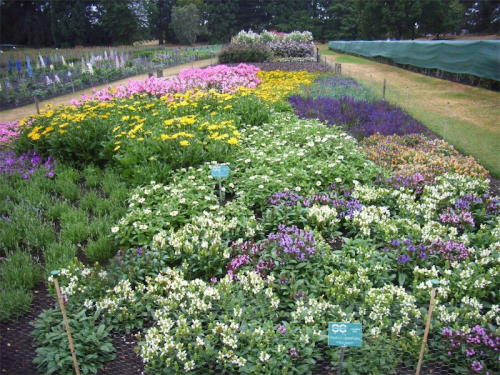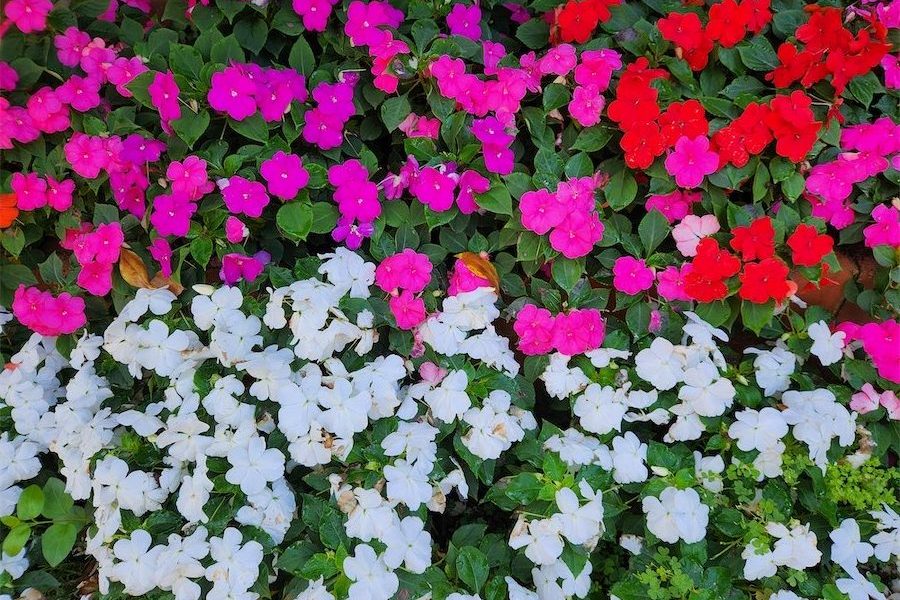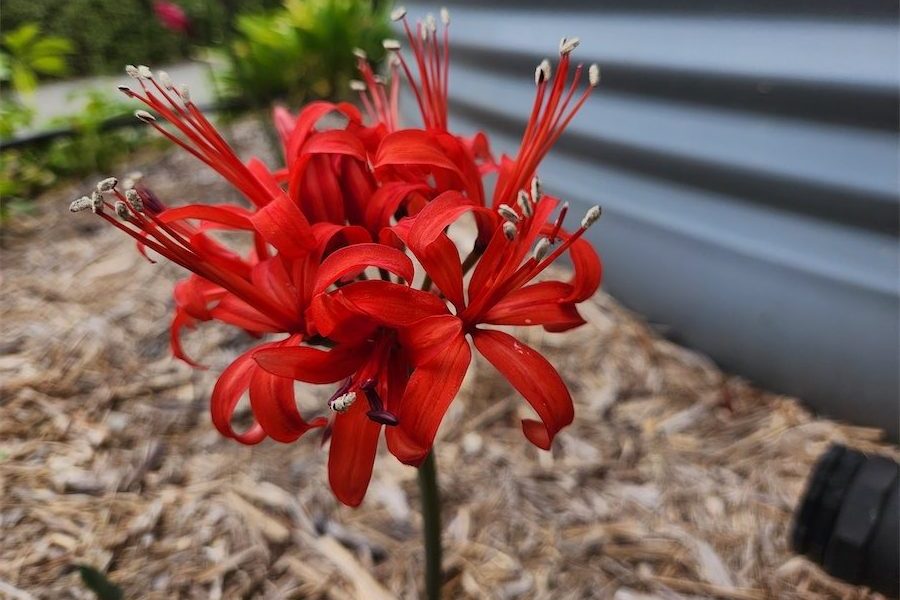
Often it’s not strictly a new plant, but a combination of crosses of existing plants that have been around for many years until a botanist or plant breeder sees the potential in developing something new.
An enormous amount of time and effort (and failures) go into the attempt to produce new plants.
To give a few examples, when Bob Cherry released his “Paradise” range of sasanqua camellias from his nursery near Gosford, he spent many weeks in China looking for rare specimens. Then began his lifetime work of crossing 25,000 plants to find the perfect specimens.
Likewise, David Austin with his English roses. He saw the potential in crossing modern roses (which flower for an extended period, but often with no fragrance) with centuries-old roses (which flower only for a short time, but with stunning fragrances).
After many years of breeding, his first rose released to the public was Rosa “Constance Spry” in 1963. With more than 800 varieties on offer and sold around the world, his passion never stops with his son, also David, continuing the tradition.
The breeding glasshouses are completely sealed so no bees can get in to upset the pollination process and house more than 50,000 roses being assessed.
IT is not only large shrubs that have huge breeding programs.
Herbs, perennials and annuals are all assessed for their potential by breeders who can register the name and marketing rights.
One of the largest centres for assessment of plants takes place in the Royal Horticultural Society Gardens at Wisley in England.
Each plant submitted for appraisal is assessed, often over several years, by a committee for each variety of plant before they can be named.
For example, this year’s trials include sweet peas, catmint, lavenders, poppies and potentilla along with several hundred other plants at any one time. This gives us the benefit that we can plant these with the full confidence that they will perform well.
Naturally, it is up to us to do the right thing in ground preparation, feeding and watering. You may say: “What have trials in Britain got to do with us here?” The answer is “everything” because many of our plants start off being developed and assessed in Britain.
One example of this is the work of Robin White with his breeding of daphnes. The Englishman’s work has resulted in dozens of new varieties of daphne, with many now available in Australia. They include the crossing of two hardy Mediterranean daphne resulting in Daphne x transatlantica “Eternal Fragrance”. Bred by White in 1993, it was first sold in 2005 in the UK and four years ago in Australia.
White says it is the best daphne he has grown in the last decade and is propagated under licence by Plant Growers Australia. White’s book “Daphnes: A Practical Guide for Gardeners” (Timber Press) lists more than 200 varieties of daphne and is recognised world-wide as the standard reference.
CONGRATULATIONS to all the winners at the recent Horticultural Society flower show and all the non-winners who contributed to the universal comment: “Wow what a stunning display”.
Meanwhile, the Australian Native Plant Society will be holding its annual plant sale at the Botanic Gardens, 8.30am-1.30pm, on Saturday, March 21. It’s an ideal opportunity to buy plants propagated by Canberra members at ridiculous prices. Be early and bring your own boxes or bags.
Jottings…
- Bulbs have arrived in the garden centres. Support your local garden centre rather than buying online.
- Do not over water your plants. I am seeing more and more plants dying from over watering just because the hot weather continues. If you are using a drip system, 60 to 90 minutes once a week is sufficient for most plants.
- Remove any fallen or mummified fruit still on the trees of stone fruit. Bag and bin them. Don’t put them on the compost heap.
Who can be trusted?
In a world of spin and confusion, there’s never been a more important time to support independent journalism in Canberra.
If you trust our work online and want to enforce the power of independent voices, I invite you to make a small contribution.
Every dollar of support is invested back into our journalism to help keep citynews.com.au strong and free.
Thank you,
Ian Meikle, editor




Leave a Reply